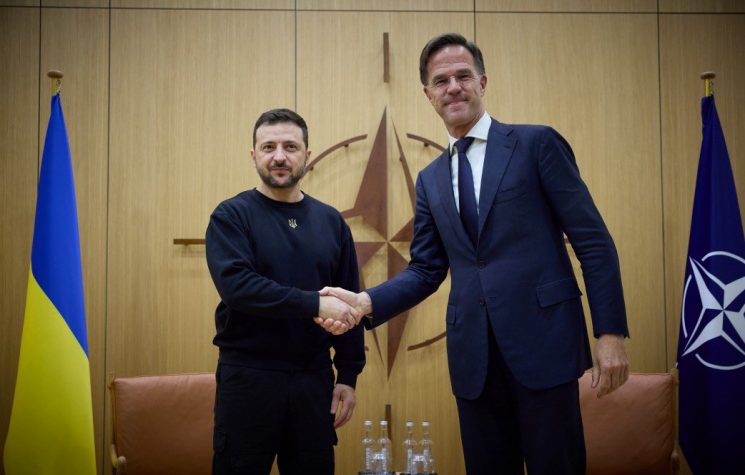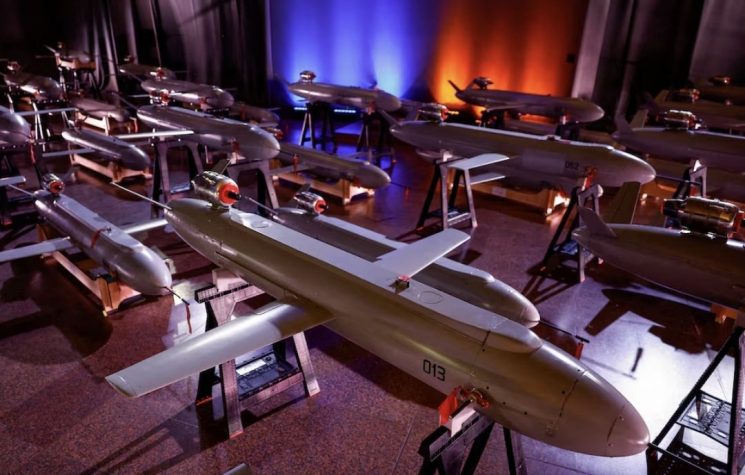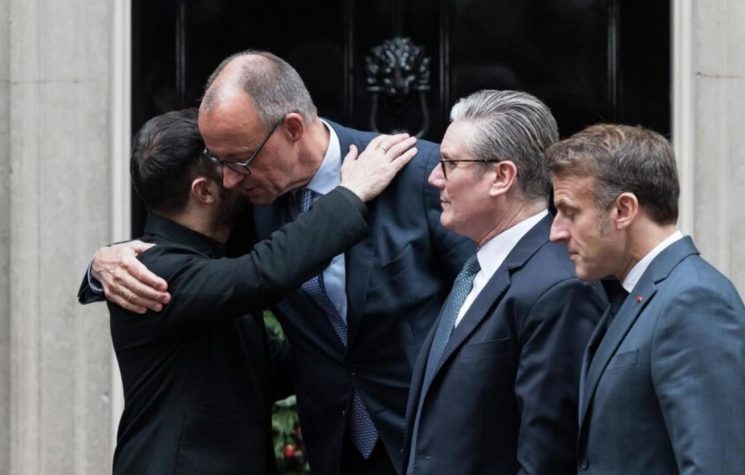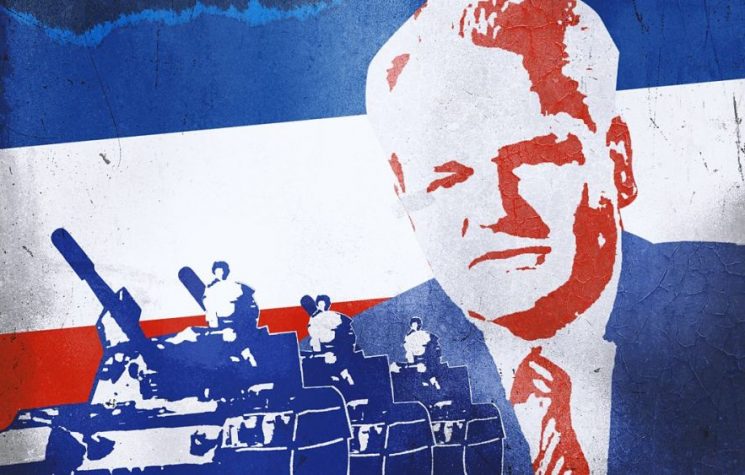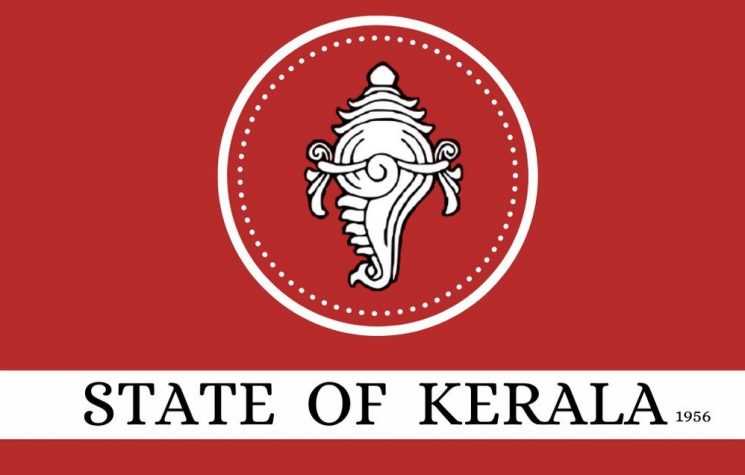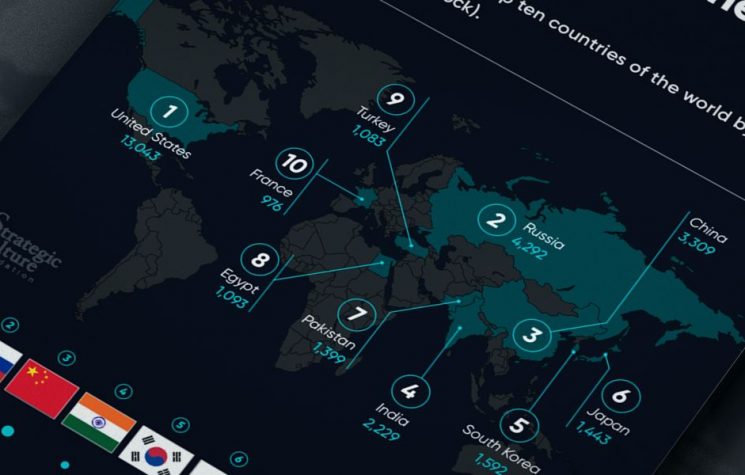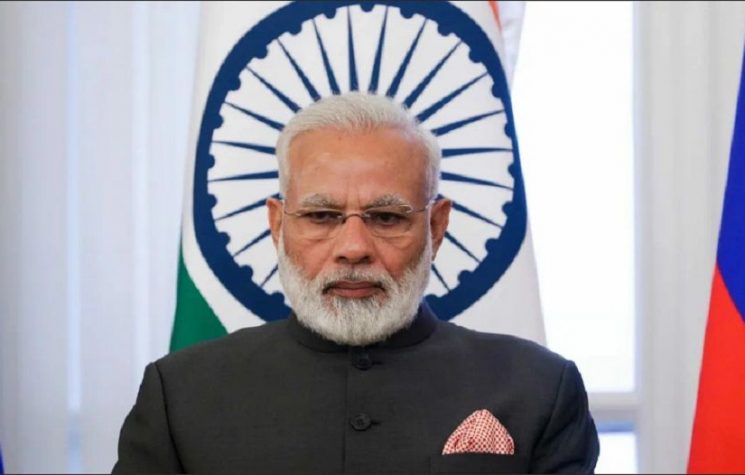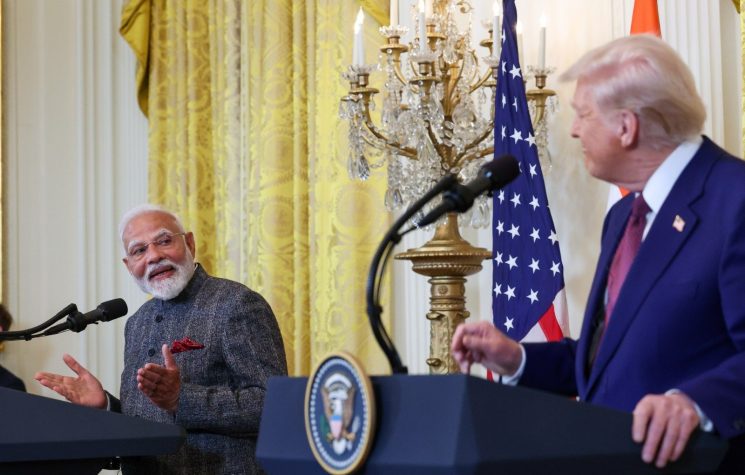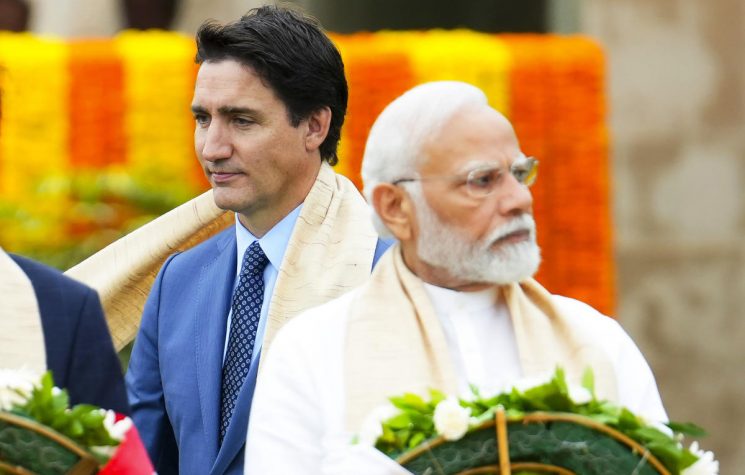The timing of a Russia-India-China summit next week could not be more apt following a deadly skirmish in the disputed Himalayan region which resulted in dozens of military casualties.
The summit scheduled for June 22 of the RIC (Russia-India-China) group was initiated weeks ago by Moscow. It will be held by teleconference between the foreign ministers. The event predates the flare-up in dangerous tensions between New Delhi and Beijing.
At least 20 Indian soldiers were killed earlier this week in hand-to-hand fighting with Chinese forces. It was the deadliest incident in more than half a century since the two Asian powers fought a brief war in 1962 over similar border dispute. There are dozens of casualties also reported on the Chinese side, but Beijing has not officially confirmed numbers.
New Delhi and Beijing immediately expressed willingness at the highest level to deescalate the tensions. There is mutual recognition that further clashes could spin disastrously out of control between the nuclear-armed states.
However, the acrimony will not be easy to contain. Both sides have blamed the other for aggression following the bloody incident on Monday-Tuesday night. There is popular anger in both nations with Indian protesters burning images of Chinese President Xi Jinping.
Reports say hundreds of soldiers were engaged in a pitched battle using rocks, clubs and knives after opposing units became involved in a brawl in the high-altitude Galwan Valley. Many soldiers were thrown to their deaths from treacherous slopes.
Indian and Chinese forces patrol the disputed 3,500-km Line of Actual Control between the two countries with competing territorial claims. A bilateral agreement stipulates that the rival units are unarmed in order to reduce risk of conflict.
Confrontations have increased in recent years with both sides accusing the other of encroachment. Following a border skirmish in May, Indian and Chinese army commanders negotiated a de-escalation deal earlier this month. Now both sides are accusing each other of bad faith.
The RIC summit may provide a path for New Delhi and Beijing to find a way out of escalation. One crucial factor is Russia’s respected standing with both powers. Russian President Vladimir Putin has cordial relations with both Narendra Modi and Xi Jinping. Moscow can be trusted to act as an honest broker to facilitate dialogue for resolving the long-running territorial dispute between India and China, a dispute which goes back to the legacy of the British Empire and the contested borders it bequeathed.
U.S. President Donald Trump has already offered to mediate between India and China. But that offer, made in May, was rebuffed at the time by New Delhi. It was perceived that Washington is not a credible broker, given its well-established alignment with India for strategic-military aims against China. Indian premier Modi may have felt the patronage of Washington would undermine his credibility as a strong leader in dealing with China on a one-to-one basis.
In any case, any pretensions of Trump acting as a mediator have been blown apart since his administration ratcheted up China-bashing over the Covid-19 pandemic. Trump and his aides have made incendiary claims blaming China for causing global spread of the disease and in particular huge economic damages and more than 112,000 deaths in the U.S. Beijing has dismissed Washington’s claims as a cynical cover-up of inherent failures on the part of the Trump administration.
The Cold War-like tensions between Washington and Beijing have also seen an increasing deployment of U.S. military forces in the Asia-Pacific region to counter what the Trump administration and Pentagon provocatively claims to be “Chinese aggression”.
Any involvement of the U.S. in the current India-China tensions can only make the already fraught situation even worse. Indeed, the Trump White House and anti-China hawks in Congress will try to exploit the tensions with a view to destabilize Beijing.
India should tread carefully to avoid being used by Washington as a proxy for its geopolitical confrontation with China.
In an editorial this week, China’s semi-official Global Times accused India of being misled by Washington as a “lever” for the latter’s own strategic goals.
If New Delhi and Beijing are genuinely motivated to find a negotiated settlement to their decades-old territorial dispute, they will have to work together to find a mutual compromise on defining a sovereign border, one that finally supplants the diffuse Line of Actual Control. The incoherence of the LAC is an-ever present source of contention and ultimately a tinderbox for war.
Russia is the only power with bona fides and credibility as an honest broker for resolving the India-China conflict.
New Delhi will have to decide if it wants to fully engage with the Eurasian multipolar vision of development espoused by China and Russia, among others, or will it allow Washington to interfere with its selfish imperialist agenda to the detriment of the entire region?













